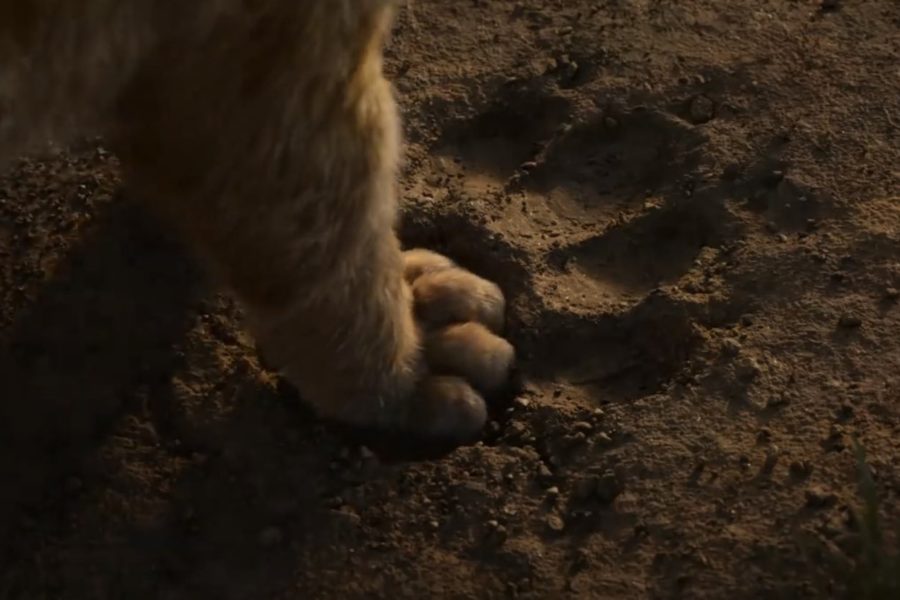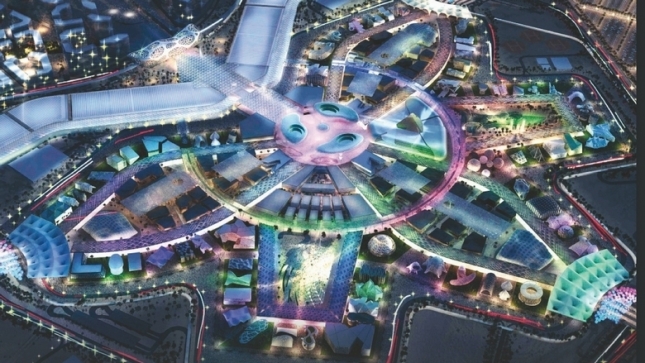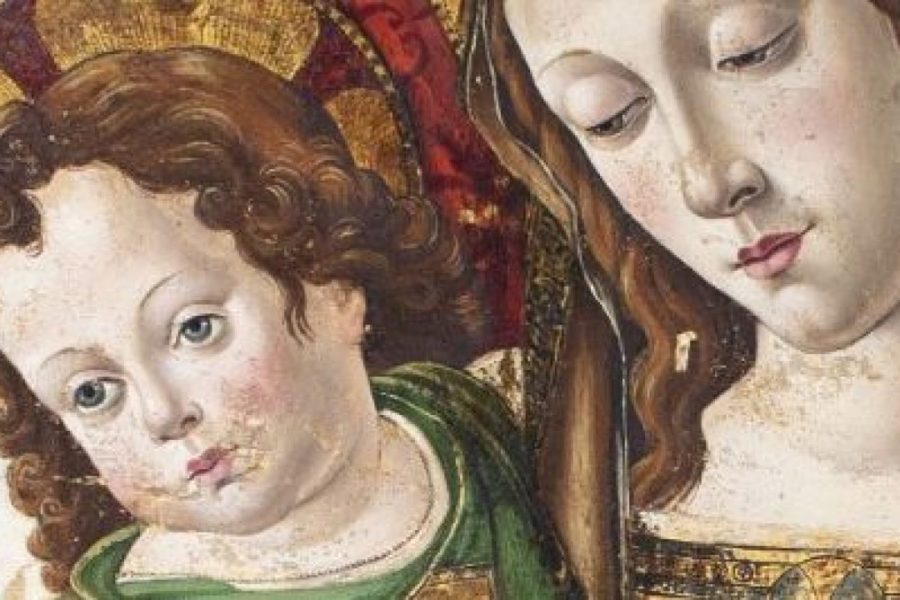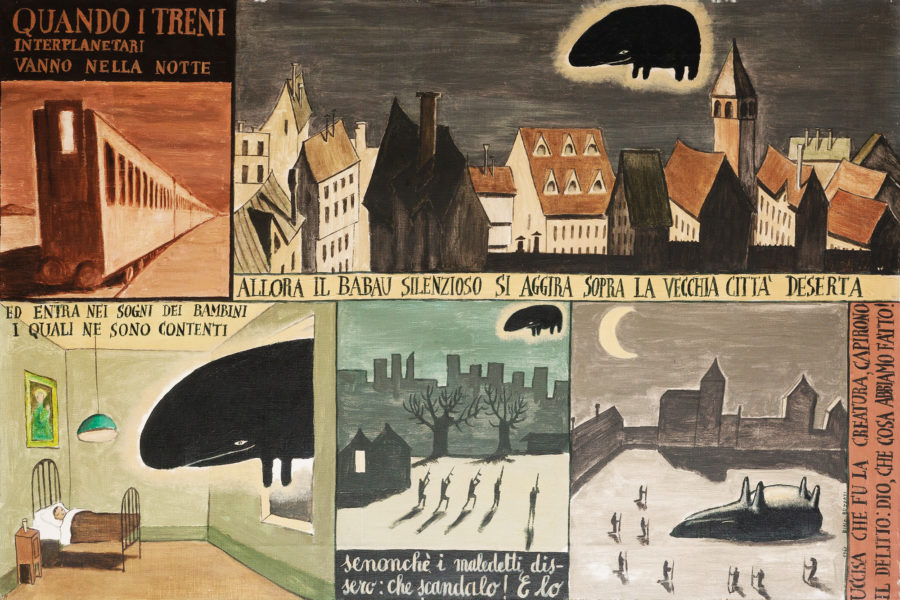Sebastiano Ricci is certainly one of the most famous painters from Belluno, especially if we consider the period from the late seventeenth century to the mid-eighteenth century. With a bombastic and impactful style, due to the rococo and baroque tendencies, the artist soon became an itinerant artist, thanks to the influences of the clients, forming himself in the Venetian lagoon and arriving up to the Palace of Schönbrunn, passing through Bologna and England.
Taking inspiration from the collections preserved in the museum, and born for the Fulcis residence, “Sebastiano Ricci. Rivals and heirs” is an exhibition that aims to recount the dynamism of the painter from Belluno, not only caring about the personality as an end in itself, but also fully describing the artistic legacy of this, which not only had an impact on the artists who they succeeded, but it also sparked reactions, precisely, on the master’s rivals.
Place of honor takes in this context, but not only, the most valuable works in Europe in the eighteenth century: the famous “Camerino d’Ercole”, composed of a cycle of paintings (“Fall of Fetonte”, “Hercules at the crossroads” and “Hercules and Omphale”), around which works are associated either by similarity, or by contrast.
Together with Sebastiano Ricci, his nephew, Marco, must also be remembered. If the interest in religious themes is to be admired from the first, landscapes are the object studied from Marco.
The curator, Denis Ton, explains: “Choosing the works of the Cariverona Collection from those created in the two years of activity of the two masters, it is therefore natural to identify in the canvases of Andrea Celesti, Antonio Bellucci, Giovan Gioseffo Dal Sole, those elements that constituted the premises on which he built himself, between material freedom, late seventeenth-century academicism and Emilian culture, the complex cultural background from which the great operation led by Sebastiano started. The presence of important works by Jacopo Amigoni and, above all, Antonio Pellegrini, allows us to reconstruct a meeting between the various industrious tendencies in the early eighteenth century. Ricci, Pellegrini and Amigoni have always been, in particular thanks to the historiographical reconstructions of Rodolfo Pallucchini, recognized as the protagonists of the transformation of Venetian and European art, and sometimes they were direct rivals not only in Venice, but also in England. Equally the presence of artists such as Francesco Fontebasso and Nicola Grassi, allows us to widen our gaze to the influence exercised by Ricci towards his students (the first one) or other contemporary masters. Only episodically Sebastiano was active in a genre a theme like that of the so-called ‘Teste di Character’, figures portrayed naturally and variously interpreted by artists greatly sought after by the eighteenth-century market such as Francesco Nogari and, with even more international success, Pietro Rotari. The first, in particular, treasured the great lesson of pictorial freedom promoted by the Belluno painter. The influence of his nephew Marco Ricci was no less, as regards the history of the landscape, sometimes working in collaboration with Sebastiano. To summon the important landscape of Peruzzini and Magnasco, and the works of Giuseppe Diziani and Antonio Zais means to represent a significant part of this history and the particular predisposition of this genre in the art of the territory “.
The exhibition “Sebastiano Ricci. Rivals and heirs. Eighteenth-century works of the Cariverona Foundation” will end on 22 September 2019.
Photo credits: Studio ESSECI











